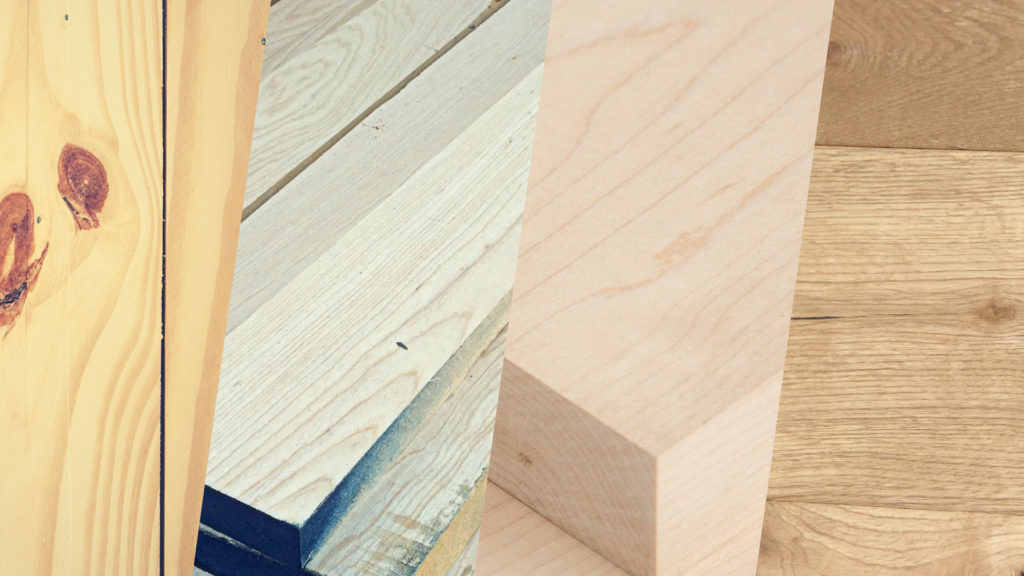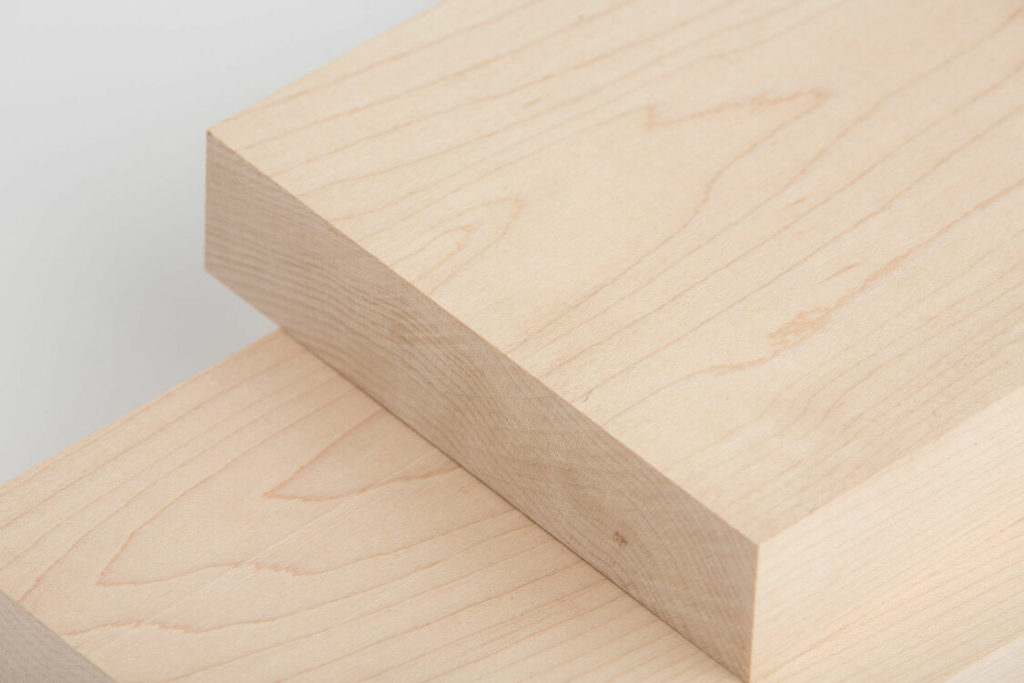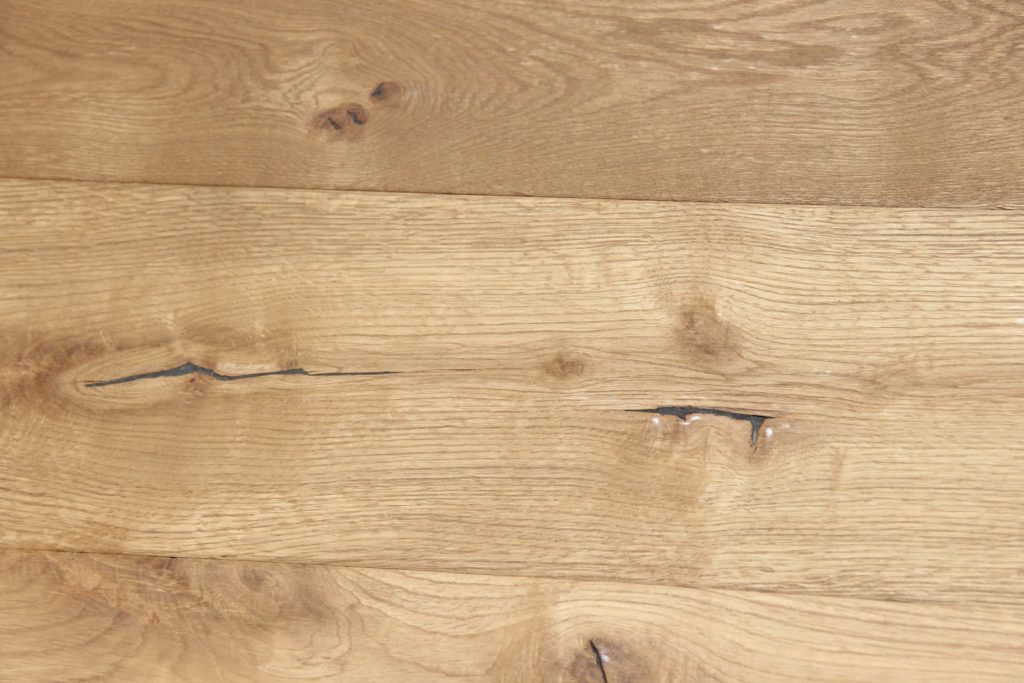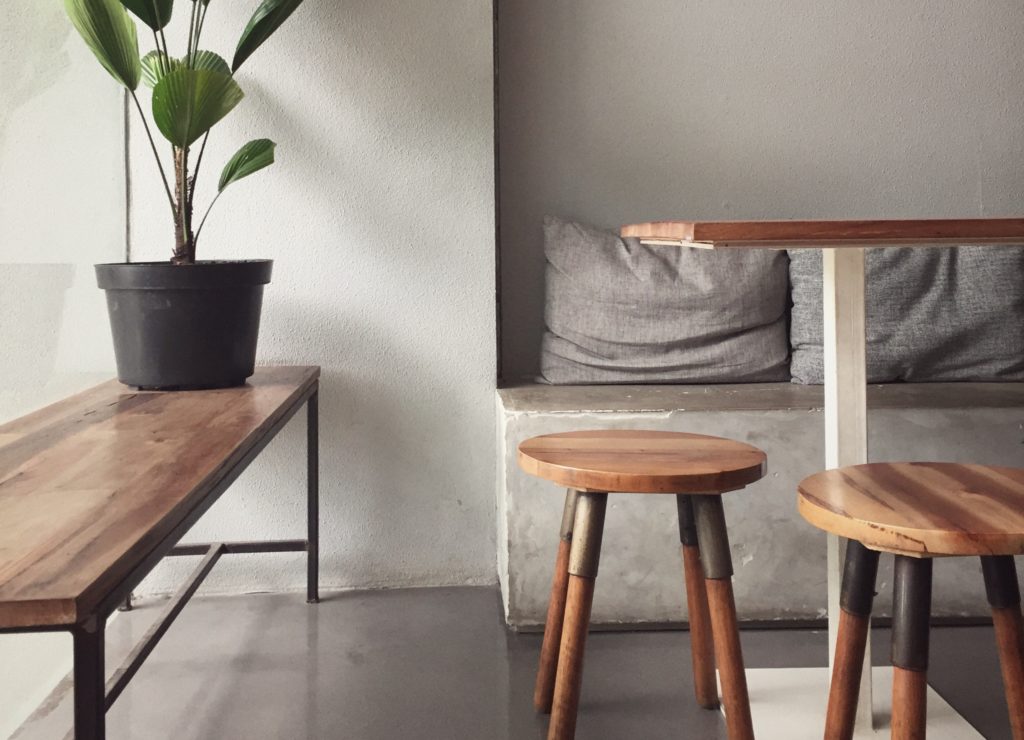
Best natural wood for soundproofing
If you are reading this article you probably already know that wood is a good material to consider if you want to soundproof a room, or some other type of space.
Heads up, in this context, when we talk about soundproofing, we mean improving the acoustic quality of a space, not blocking the sound from bothering the neighbors (although it helps to a certain degree). Sound absorption and sound blocking are often confused, but are in fact two very different things.
Wood is an excellent option to improve the acoustic comfort of, let’s say, a home theater. But not all woods are the same, and not all of them are as effective. This is something I was taught very early on in architecture school, the fact that two materials look similar, doesn’t mean they’ll behave the same!
So today I would like to analyze why wood makes a good soundproofing material and which type of wood is more appropriate.
Why use wood to soundproof?
Wood is a relatively soft material. I know, you might be thinking “a baseball bat seems pretty hard to me!”, but in the construction world, wood is considered soft, which makes sense if you are comparing it to steel or concrete.
Generally speaking, the softer a material is, the better it absorbs sound, therefore reducing echo and reverberance, improving the acoustic quality of a space.
Think of it as if you were trying to bounce a ball on the floor. If you bounce a basketball on concrete, it will bounce right back at you, but if you try to bounce it on the beach it won’t bounce at all. The same happens to sound.
Ok, but if the softer the better, then why not use foam instead of wood? Well sure, foam is even more soundproofing than wood, and that’s why sound studios, for example, have foam all over the walls. But materials that soft also come with plenty of inconveniences. They break easily, are hard to clean, etc.
Wood falls into that sweet spot we usually look for in construction and interior design. It is soft, but it’s also capable of maintaining its shape (so it can be used on the floor for example), it’s warm, easy to clean, abundant in nature, and can be visually beautiful without any further ornamentation.
Different types of wood and their soundproofing abilities
Different types of wood have different acoustic capabilities. Based and what we’ve seen in the previous section, the rule of thumb is that the softer the wood the better it will be at absorbing sound.
This means that, for example, cork (technically wood) is great. But when most of us think of wood cork isn’t necessarily the first thing that comes to mind.
There are also a variety of processed woods, such as laminated wood, Medium Density Fiberboards (aka MDF), etc. which can also offer great acoustic results.
But today I would like to focus on natural woods only, and particularly, those that can be somehow easily found/bought across the US.
Pine wood for soundproofing

With its average density below 500kg per cubic meter, pine wood is very close in properties to softwoods, meaning it has a low density compared to other woods. This makes it good at absorbing sound, especially high frequencies.
The “softness” of pine wood makes it very easy to work. That, combined with the fact that is considered a “cheap” wood, makes it a popular choice in many cases.
But let’s always keep in mind that because of this “softness” it is not recommended to use pine for heavy-duty situations. One would try to stay away from pine wood for floorings, commercial furniture, etc.
Maple wood for soundproofing

Maple wood has a density of around 650kg per cubic meter, which is a bit harder than pine, but still a great option for soundproofing.
Compared to pine wood, Maple is also capable of absorbing lower frequencies, therefore creating an acoustic ambient that feels more natural.
Ash wood for soundproofing

At 650-800kg per cubic meter, ash wood can absorb lower frequencies even better than maple, thanks to its porousness.
However, this same porousness makes it propense to attracting insects and fungi, so it is only recommended in controlled environments with no risk of such plages.
Oak wood for soundproofing

At 700-900kg per cubic meter, oak is considered a hardwood, which means it’s denser and more durable.
Because of its density, oak wood is not as good at absorbing material as softwoods, but on the other hand, it does begin to help in blocking sound. That, combined with its resistance, makes it ideal for flooring.
Using oak wood floors might not be as effective for sound absorption, but because floors are a very large surface, they do have a significant impact, plus they will also help block the noise between floors.
Be careful with the wood treatment!
Be careful with the finishing treatment you give to the wood, as it will definitely modify the acoustic properties, to the point where these might even disappear.
Ideally, wood with no treatment will perform the best in terms of sound absorption. But of course, that’s not really convenient in most cases.
Soft, water-based varnishes are a good option. They penetrate deep into the wood, which gives them protection, but at the same time, they mostly evaporate from the wood’s surface, helping them maintain their acoustic properties.
Thicker varnishes, as well as resins or paint, are not recommended, as they will block the porous that give wood its acoustic properties.
How to use wood to soundproof a space
There are many ways in which wood can be incorporated into a space. Actually, using wood in architecture, and even more so in interior design, is one of the easiest ways to design with acoustic comfort in mind.
Using wood floors to soundproof

The flooring is the most obvious. Using wooden floors will incorporate a substantial amount of wood into any space, without getting in the way. The hardwoods used for floors might not be the best in terms of sound absorption, but with that many square feet, you’ll notice the difference anyway.
Keep in mind only real wood floors will have the properties you are looking for. There are many plastic or ceramic floors these days that mimic wood, some quite successfully, but will not have the same acoustic properties.
Using wooden walls to soundproof

We are more susceptible to sound waves traveling horizontally than vertically, which makes walls a great opportunity to absorb sound.
If it fits your interior design style, having a wood-paneled wall can add a lot of warmth to a space, while also improving the acoustics. Something like this could be easily integrated into a cabin or sky resort.
If wooden walls just aren’t your style, you can also aim for an accent wooden panel here and there. Maybe a wooden strip to help frame the TV, or as a backsplash if you have any built-in shelves.
Certain types of engineered wood panels offer better acoustic blocking solutions than planks made of solid wood, as they take advantage not only of the acoustic properties of the wood, but also the geometry in which they are built. Some of them even have shapes one could consider decorative, so if you’re looking for maximum results, this might be worth considering.
Using wooden furniture to soundproof

Another element where you can consider integrating wood into your space is furniture. Pick a wooden table over a glass one, wood chairs (padded if possible) over plastic, and so on.
Even though all these wood will probably be heavily treated to sustain the use they were made for, they will still perform better than glass and plastic, acoustic-wise.
Conclusions on soundproofing with wood
Soundproofing a room with wood is certainly a viable option. It can be easily integrated into the style of the space, it’s relatively low-cost, and does not require any complicated tools or special knowledge to install.
Different types of wood have different soundproofing abilities, so it is important to select the right type of wood for your needs. But whichever wood you choose, even if it is not the best wood for soundproofing, it will always be better than other construction solutions such as concrete walls and ceramic floors.
